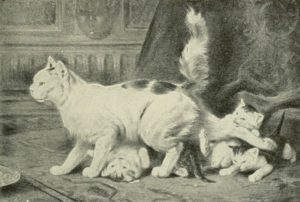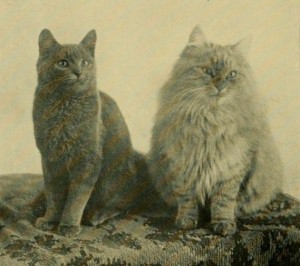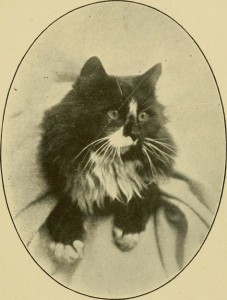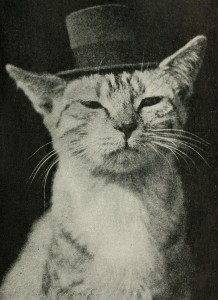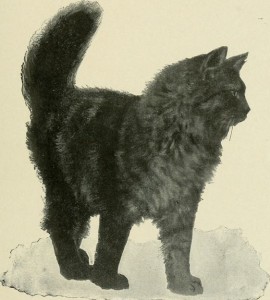
61st chat, Tuesday July 19th 2016: value sensitive design
Moderated by @metageeky
Storify (pdf, html) by @violetbfox
In multiple discussions, twitter chats, and conference presentations, the need for library work to understand, respect, and address issues of diversity is continually brought up. We talk about the need to not only re-design our cataloging methods but also questioning the underlying technology that drives discovery. This requires navigating, balancing, and integrating diverse aspects of academics, society, and technology. Value sensitive design (VSD) is one design approach to consider for tackling these challenges. VSD emphasizes identifying and respecting human values throughout the interactions of society and technology. Using a multidisciplinary perspective that draws on philosophy, social sciences, and engineering, VSD has been applied to many domains, including city planning, assistive technologies, and Internet privacy policies. Let’s explore its potential for innovation and progress in library work, especially in regards to critical librarianship.
Suggested readings:
- Deibel, K. Value Sensitive Design: slideshow from January 2016 Mashcat presentation (pptx)
- Friedman, B., Kahn Jr., P., and Borning, A. Value Sensitive Design and information systems (2006)
- Friedman, B. and Kahn Jr., P. Human values, ethics, and design (2003)
Discussion questions:
- Q1. How would you define Value Sensitive Design?
- Q2. What are some explicitly-supported values in library work?
- Q2b. In VSD, designers need to recognize if there are any values they explicitly support. Are there explicitly-supported values in #critlib work?
- Q3. How can VSD be applied to #critlib? What areas of library work could VSD and #critlib benefit?
- Q4. What might be some challenges in applying VSD to library work? How could those challenges be overcome?
Additional resources:
- one of the fundamental influencing papers: Latour, B. Where are the missing masses? The sociology of a few mundane artifacts (1992)
- example of Habermass being used in VSD: Borning, A., Friedman, B., Davis, J., and Lin, P. Informing public deliberation: Value sensitive design of indicators for a large-scale urban simulation (2005)
- @metageeky‘s thesis: Deibel, K. Understanding and supporting the adoption of assistive technologies by adults with reading disabilities (2011)
- list of VSD papers: Value Sensitive Designs publications
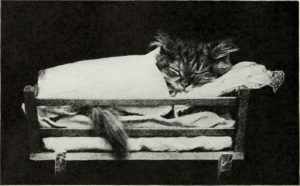

![From Mammals of other lands / Charles J. Cornish [and others], editors (1917)](http://critlib.org/wp-content/uploads/2016/05/58-orangetabby-300x269.jpg)
